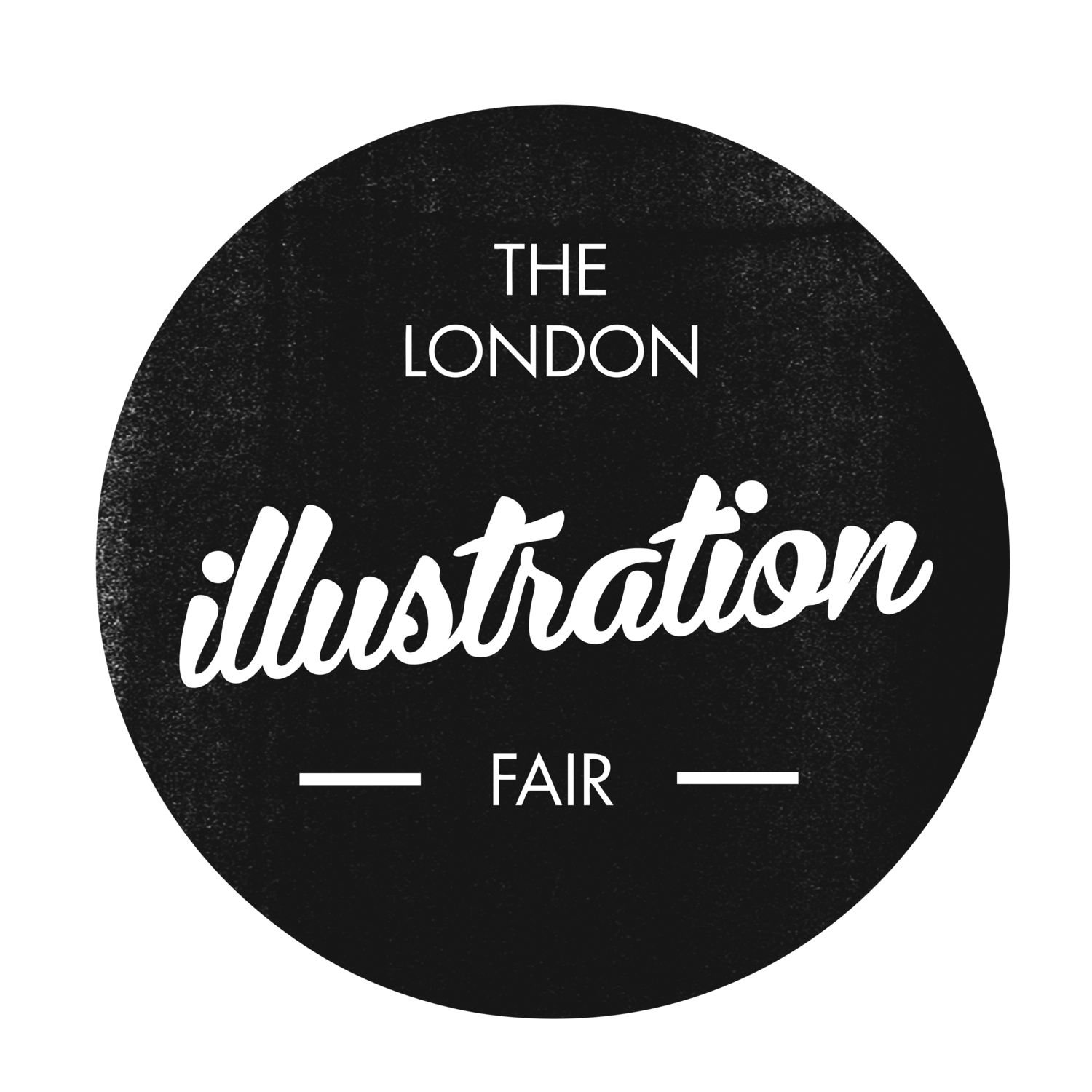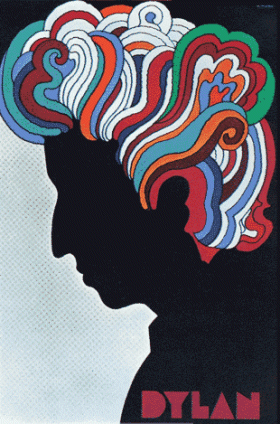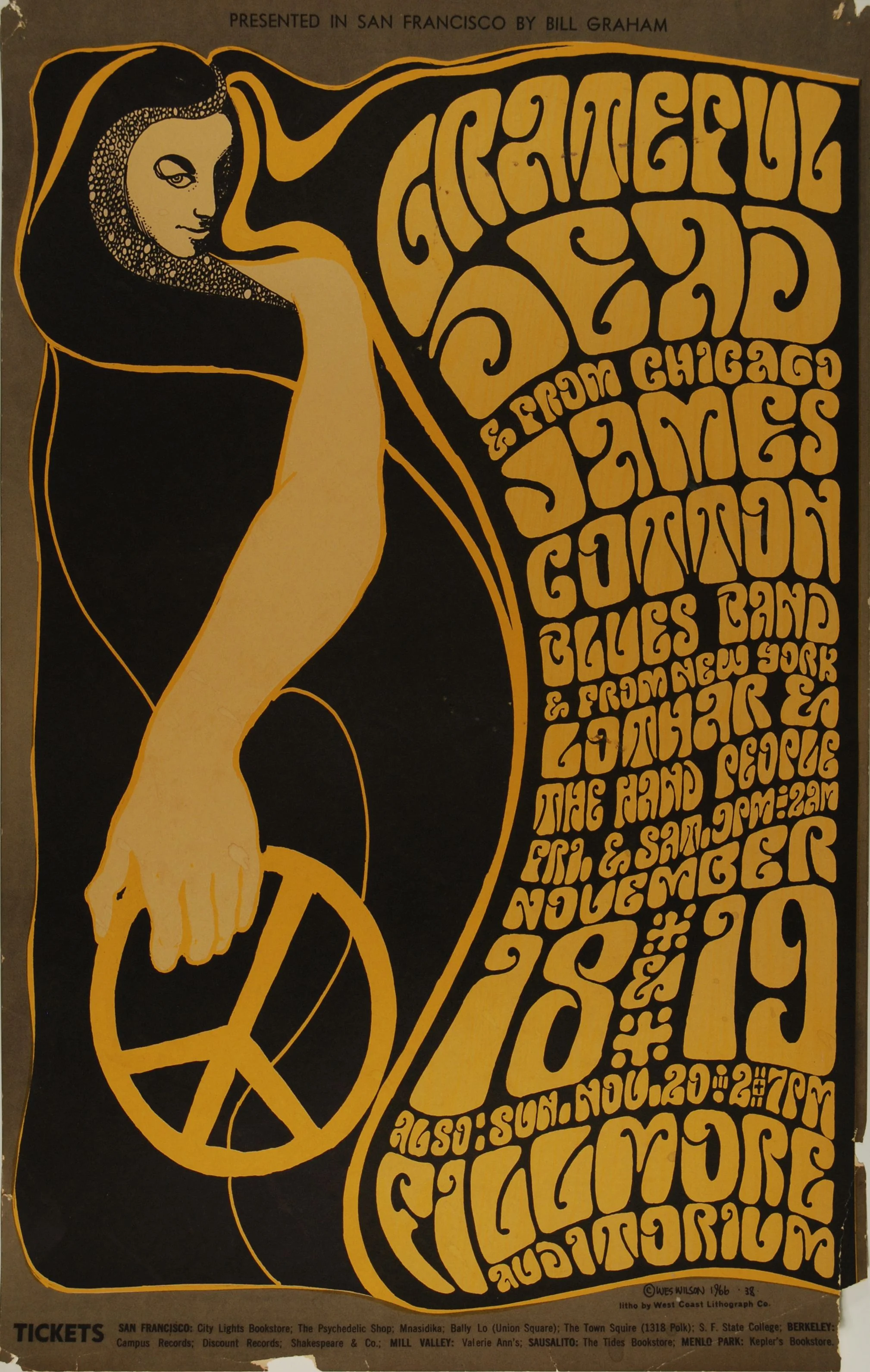Psychedelia
Our theme for the Summer Festival 2015 is Psychedelia. But how does this relate to illustration and what creative inspiration can we draw from it? We've delved into the subject by looking into it's main themes and contributors to help understand how 'Psychedelia' defined a movement and helped transform illustration and graphic design for decades to come.
Roots
The word "psychedelic" was coined by British psychologist Humphry Osmond in the 50's. A forming of the Latin words psyche and delos, it means “mind manifesting” or “soul manifesting” and by this definition, all artistic efforts that depict the inner world of the psyche may be considered "psychedelic". But is it more than this? Psychedelia hit its peak in the late 60's during the counterculture revolution and defined a culture breaking the boundaries socially, politically as well as artistically and musically. It's this rule breaking and freedom of expression that most feel define psychedelia and it's main contributors.
Music and visuals
Graphic designers and illustrators were working closely with musicians and venues to create visually stunning gig posters that mirrored the Psychedelic rock and roll of the time. One of the most widely recognised contributors was Wes Wilson who created some of the most era defining posters of the day. His work with the legendary music venue The Filmore (made famous by promoter Bill Graham) set a standard for Psychedelic gig posters and redefined typography and graphic design for generations to come. In particular, Wilson is known for inventing and popularising a "psychedelic" font around 1966 that made the letters look like they were moving or melting. Breaking long-established conventions of graphic design with his twisting, melting, and distorted forms, his psychedelic art mimicked that of an acid trip. These designs were counterculture made visual.
The Joshua Light Show
The 60's rock and roll scene also saw experimentation in live visuals inspired by psychedelic themes. The Joshua Light Show was a pioneering group of artists creating Liquid light show's created with an overhead projector and coloured oil. This visual spectacle would serve as a backdrop to stage performances and cemented an aesthetic of interwoven visuals and sound.
“THE PSYCHEDELIC MOVEMENT HELPED PEOPLE MOVE BEYOND THE ACT OF VIEWING ART INTO A DEEPER EXPERIENCE OF IT,”
“ART IS NO LONGER SOMETHING JUST TO BE ADMIRED. IT’S SOMETHING TO CONSUME AND TO FEEL.”
Are You Experienced?: How Psychological Consciousness Transformed Modern Art - Ken Johnson
ZAP COMIX
"Zap Comix" was among the original underground comics, and featured the illustration work of Robert Crumb, S. Clay Wilson, Victor Moscoso, Rick Griffin, and Robert Williams among others. Zap #1 was published in San Francisco in late 1968. Zap became an outlet for illustration and had strong connections with psychedelic styles and content. It featured such characters as Angelfood McSpade, Captain Piss-Gums and his Pervert Pirates, Dirty Dog and others. A cult favourite it still influences illustrators and inspires small Zine publications today.
Psychedelia's influence
Originally inspired by the likes of the surrealists and the Dada movement Psychedelia helped inspire a new generation of artists and designers. The rules were broken and the boundaries between art, music, performance and graphic design had been merged. Although the free love, boundary pushing days of the 60's and 70's is long gone the visual style and ideas still remain. The bold use of contrasting colours and free flowing, living text is still a graphic design favourite and used extensively within commercial projects. Artists are still inspired by images of altered consciousness or highly distorted and surreal visuals. This is testament to the importance of Psychedelia and the culturally and socially important visual movement it helped define.
















